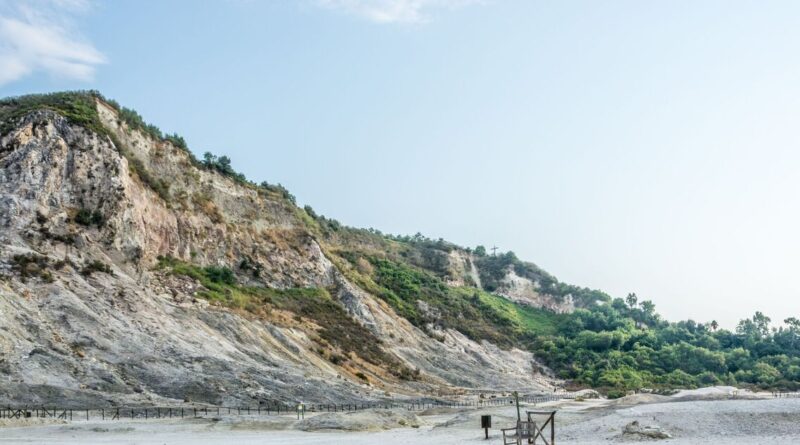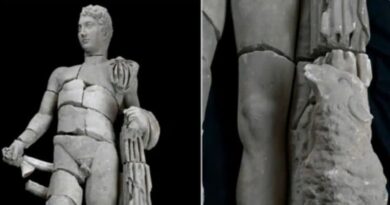The beautiful European city that’s ‘the most dangerous place in the world’ | World | News
A beautiful European city with routes from the Roman era and sitting atop a supervolcanic caldera is “the most dangerous place in the world”.
Pozzuoli, located in the Campi Flegrei region of Italy near Naples, is a historically rich city with a unique geological background.
However, the Roman city has been experiencing frequent seismic activity over the years due to the underground magma movements.
Home to around 80,000 people, the region has seen a surge in earthquakes, including a 4.4-magnitude quake in 2023, the strongest in 40 years.
This activity is linked to bradyseism, a phenomenon where the ground rises or sinks due to the movement of magma or hydrothermal fluids beneath the surface.
Over 80,000 people live in the highest-risk “red zone,” which includes towns like Pozzuoli and Bacoli. According to scientists, the volcano’s crust is weakening due to underground gas and magma movement.
Since the 1950s, the ground in Pozzuoli has risen about 4 meters due to this activity.
And that’s not all. Several recent researches suggest that the crust is becoming more fragile, making it susceptible to rupture even with smaller earthquakes.
Over £410 million have been allocated by the authorities to strengthen buildings in the area, focusing on schools and high-risk residential structures.
An official evacuation plan is being developed, with drills already being conducted in hospitals. The government is also considering support for residents who wish to relocate.
But even after that, the city has many things to offer for the tourists.
Pozzuoli was an important Roman port, known as Puteoli, and is home to remarkable archaeological sites such as the Flavian Amphitheater, the Temple of Serapis, and ancient Roman baths.
These ruins are significant for both their historical value and their role in showcasing how the ground movements have affected the region.
The Temple of Serapis, for example, has columns that show submersion and lifting, illustrating the geological forces at play over centuries.
Pozzuoli also offers great opportunities for exploring local markets, sampling seafood, and enjoying Mediterranean views.
Tourists who have been to the unusual destination found it fascinating but were left annoyed by the smell of the gases around it.
While sharing the experience, one person wrote on TripAdvisor forum: “I found our visit to Solfatara and the Campi Flegrei to be very interesting.
“The gritty soil from the volcanic activity, the vents streaming pungent sulphurous gas and heat, the mud holes–all pretty unique, and helps you imagine what a volcanic eruption throws at you.
“It is not a pleasant place, but an interesting change of pace.”
A second user said: “This place is a bit off the beaten track although you can smell it as you approach … it’s the caldera of a volcano which last erupted centuries ago, although it is still spitting and popping.
“Go here and walk on what sounds like the hollow surface above a volcanic cauldron. The Romans called this place the Entrance to Hades and it’s also said to be the mythological home of the Roman god of fire, Vulcan.
“The gases escaping from deep underground certainly smell bad (sulphuric) and they’re hot – according to Wikipedia, this is due to ‘effusive gaseous manifestations’ in the Solfatara crater. For you and me, this means yellowish stinky hot, humid gas – don’t get too close.”
A third user commented: “The sulfur smell comes out of the ground with the smoke, and if you think Yellowstone Park is bad, you haven’t seen or smelled anything yet.
“It was incredible to go into this active volcano, a monster caldera like the one in Yellowstone or Indonesia, that has been used as sulfur bathes going back to the Romans. I couldn’t imagine living near the crater with that smell 24 hours a day.”





